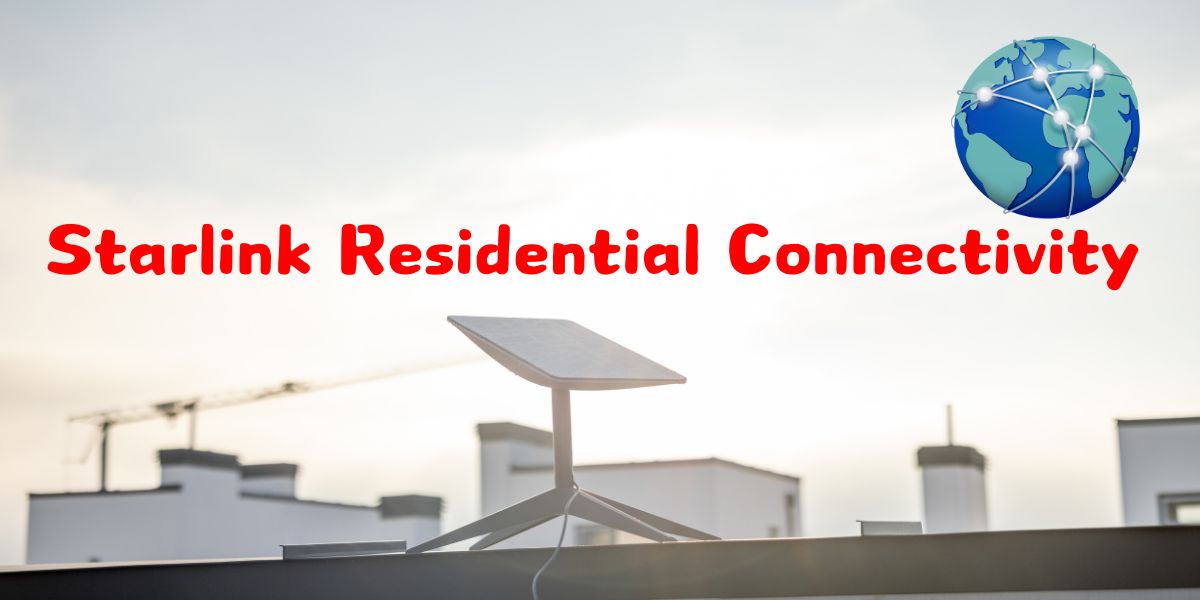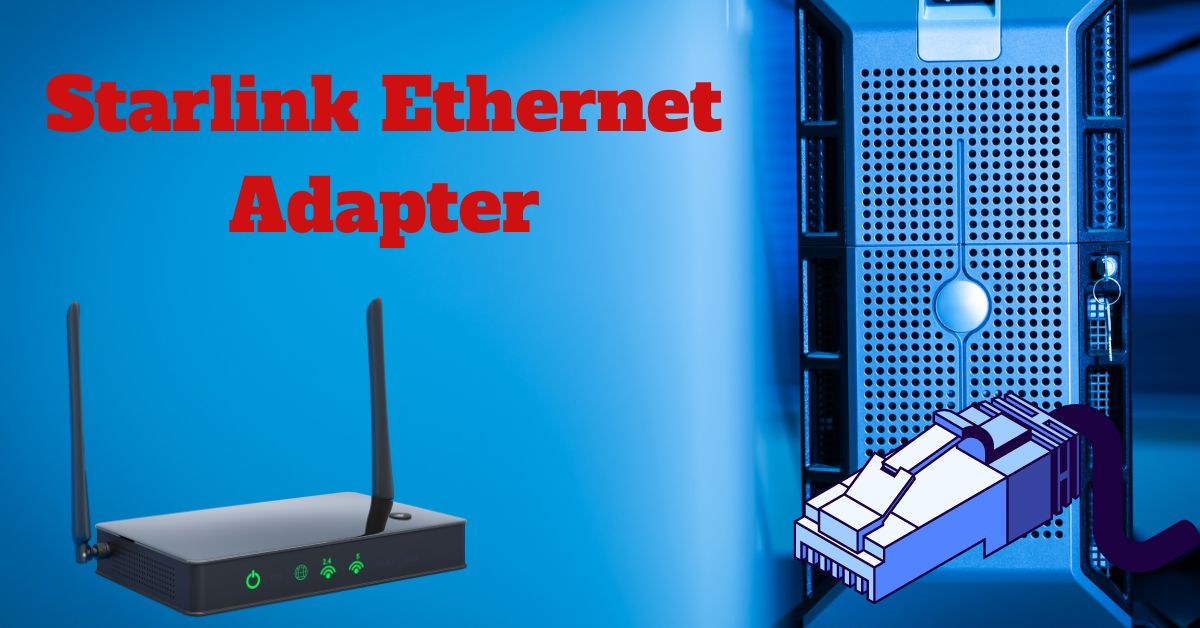Introduction
Starlink, an ambitious project by SpaceX, is revolutionizing global connectivity. With its constellation of low Earth orbit (LEO) satellites,
Starlink aims to provide high-speed internet access across the globe, particularly to underserved and remote areas.
This mini case study explores the core aspects of Starlink’s development, its challenges, and its disruptive impact on the telecommunications industry.
Background: What is Starlink?
Starlink is SpaceX’s satellite internet service, leveraging thousands of small satellites in LEO to deliver high-speed broadband.
Traditional satellite internet providers use geostationary satellites positioned 35,786 km above Earth.
In contrast, Starlink’s satellites orbit at altitudes ranging from 340 to 1,200 km. This proximity significantly reduces latency, offering a performance comparable to terrestrial fiber-optic connections.
By mid-2024, Starlink had deployed over 5,000 satellites, making it the largest satellite constellation in history.
The system uses phased-array antennas to communicate with user terminals on the ground, commonly referred to as “Starlink dishes.”
These compact, easy-to-install devices enable direct connectivity to the satellite network.
Strategic Objectives
1. Bridging the Digital Divide
One of Starlink’s primary goals is to provide reliable internet to regions with limited infrastructure.
According to the International Telecommunication Union (ITU), approximately 2.7 billion people remain offline as of 2023.
By offering coverage in remote and rural areas, Starlink could dramatically increase global internet penetration.
2. Monetizing Space Innovation
SpaceX views Starlink as a revenue stream to fund its broader ambitions, including the colonization of Mars.
By entering the telecommunications market, SpaceX diversifies its operations beyond aerospace launches, creating a sustainable financial model.
3. Military and Strategic Use
Governments and defense organizations are exploring Starlink for its potential in secure communications. For example, during the 2022 Russia-Ukraine conflict,
Starlink provided vital internet connectivity in war zones, demonstrating its strategic utility.
Key Challenges
1. Competition in the Satellite Internet Space
Starlink faces competition from established players like HughesNet and emerging ones like Amazon’s Kuiper project.
These companies are developing their satellite constellations, aiming to capture a share of the lucrative satellite broadband market.
2. Regulatory Hurdles
Operating across multiple jurisdictions requires compliance with diverse regulations. Starlink’s global footprint necessitates negotiating with governments on spectrum allocation, licensing, and local laws.
3. Space Debris and Environmental Concerns
The growing number of satellites raises concerns about space debris and its impact on astronomical observations.
Starlink has committed to reducing these risks by designing satellites that deorbit at the end of their operational lives.
Technological Innovations
1. Advanced Satellites
Starlink satellites are equipped with Krypton-powered ion thrusters, allowing them to maintain their orbits and deorbit safely.
Future iterations may include inter-satellite laser links to improve data transfer rates.
2. User Terminals
The Starlink user terminals feature a motorized base for optimal alignment with satellites, ensuring seamless connectivity.
These terminals are designed for ease of use, requiring minimal technical knowledge for installation.
3. Backend Infrastructure
A robust network of ground stations and advanced algorithms supports Starlink’s operation, enabling dynamic handovers between satellites to maintain consistent service.
Market Impact
Starlink’s entry has disrupted traditional telecom markets, especially in rural broadband. The service offers speeds ranging from 50 Mbps to 250 Mbps,
with latency as low as 20 ms—far superior to legacy satellite systems. While the subscription cost is relatively high ($110/month as of 2024),
it is often the only viable option in remote areas.
In regions with limited connectivity, Starlink has fostered economic growth by enabling businesses to access global markets and supporting remote education and healthcare initiatives.
A Comparative Table: Starlink vs. Traditional Satellite Internet
| Feature | Starlink | Traditional Satellite Internet |
|---|---|---|
| Satellite Orbit | Low Earth Orbit (340–1,200 km) | Geostationary (35,786 km) |
| Latency | 20–50 ms | 600+ ms |
| Download Speeds | 50–250 Mbps | 10–30 Mbps |
| Coverage Area | Global | Regional |
| User Equipment | Compact, motorized dish | Larger, fixed dish |
Future Outlook
Starlink plans to enhance its network by deploying second-generation satellites capable of direct smartphone connectivity.
This development, aimed at eliminating cellular dead zones, could further solidify its market position.
Moreover, Starlink’s role in advancing space-based telecommunications may inspire regulatory reforms and drive innovation across industries.
Conclusion
Starlink exemplifies how technological innovation can address global challenges like the digital divide.
While hurdles such as competition and regulatory complexities persist, the project’s achievements underscore its potential to reshape the future of global connectivity.
As SpaceX continues to expand its satellite constellation, Starlink’s impact will likely extend beyond internet access,
influencing sectors like defense, disaster management, and space exploration.
In essence, Starlink is not just a connectivity solution; it is a bold vision of a more connected and equitable world.For more Starlink Internet information check the internetgainer.



